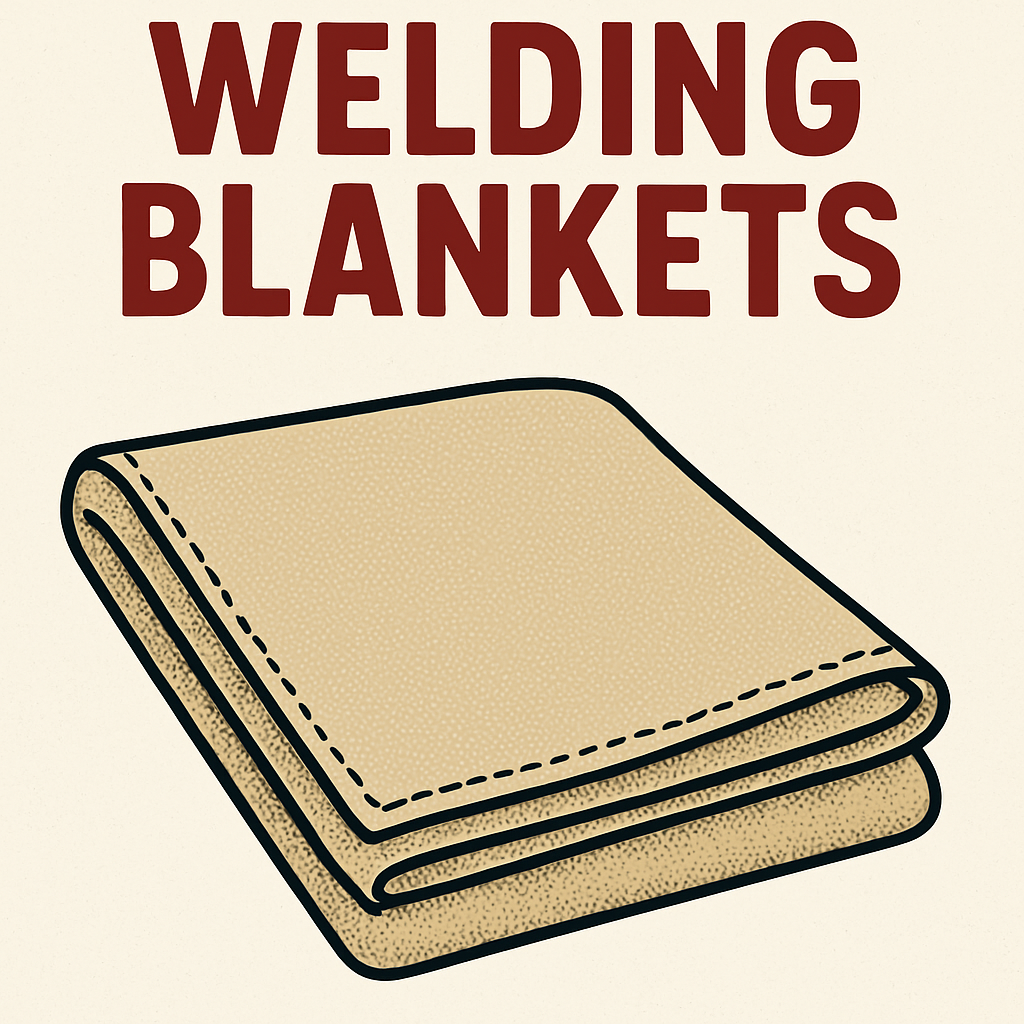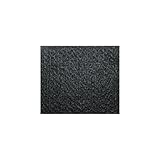
When sparks fly, safety should never take a back seat. Welding blankets are one of the most effective, low-cost tools for protecting workers, equipment, and nearby materials from heat, sparks, and slag. But not all welding blankets are created equal, and improper use can lead to dangerous fire hazards or costly mistakes. Here’s what you need to know to use a welding blanket safely and choose the right type for the job.
What Is a Welding Blanket?
A welding blanket is a heat-resistant cover made from fireproof materials that protects surfaces and personnel during welding, cutting, or grinding operations. Blankets can be draped over equipment, wrapped around nearby objects, or laid on the floor to contain sparks and molten metal.
Common Types of Welding Blankets
Each material offers different levels of heat protection and flexibility:
- Fiberglass Welding Blankets
Fiberglass is the most common and budget-friendly option. It’s lightweight and resists temperatures up to 1000°F (538°C). Some versions have a heat-treated or vermiculite coating to reduce fraying and increase durability. Great for general-purpose shielding, but not ideal for high-intensity applications. - Silica Welding Blankets
Silica fabric withstands much higher temperatures—up to 1800°F (982°C)—making it ideal for more demanding environments. It’s flexible and provides excellent thermal insulation, though it comes at a higher cost. - Slow-Cool Welding Blankets
These are specially designed to slow down the cooling process of hot metal, helping to prevent cracking in welds or castings. While they may resemble other blankets, their specific purpose is post-weld heat retention, not spark containment. - Carbon Fiber Welding Blankets
Known for their extreme heat resistance—up to 3000°F (1649°C)—carbon fiber blankets are used in the most intense applications. They’re also non-combustible and don’t produce toxic fumes when exposed to flame, making them ideal in confined or enclosed spaces.
How to Use a Welding Blanket Safely
Using a welding blanket correctly isn’t just about laying it down. Follow these safety best practices to get the most protection:
- Inspect Before Each Use
Check for burns, tears, or excessive fraying. Damaged blankets should be replaced immediately—they can’t be trusted to perform under high heat. - Secure the Blanket in Place
Use clamps or grommets to prevent shifting. A poorly positioned blanket can leave gaps where sparks or slag can reach unprotected surfaces. - Maintain Proper Clearance
Keep flammable materials a safe distance away—even if they’re behind the blanket. No welding blanket is foolproof, and some heat can transfer through the material over time. - Don’t Use Wet or Contaminated Blankets
Moisture, oil, or solvents can make even a fire-resistant blanket dangerous. Keep them clean and dry to maintain their protective qualities. - Use the Right Blanket for the Right Job
Choose the material based on temperature exposure, flexibility needs, and job duration. Using a fiberglass blanket where a carbon fiber one is needed can lead to failure and injury.
Final Thoughts
Whether you’re welding in a shop or on-site, a welding blanket is a simple but vital tool for fire resistance and safety. By understanding the differences between materials like fiberglass, silica, slow cool, and carbon fiber—and following proper safety procedures—you can reduce fire hazards and keep your workspace secure.
- 16 oz., Thermofelt
- Non-flamable, non-melting, non-shrinking, scratch free
- Not designed for stress relief
- 1800°F working temperature
Last update on 2025-12-05 / Affiliate links / Images from Amazon Product Advertising API
- 30 oz. gold acrylic coated fiberglass, 053” thick
- General purpose welding, sparks, spatter, abrasion. Not recommended for stress relief.
- 1000°F melt temp.
- Grommets on 18″ Centers
- Lock stitched with heat resistant fiberglass thread
Last update on 2025-12-05 / Affiliate links / Images from Amazon Product Advertising API




Leave a Reply